Cyber Security News Aggregator
.Cyber Tzar
provide acyber security risk management
platform; including automated penetration tests and risk assesments culminating in a "cyber risk score" out of 1,000, just like a credit score.Hamas Divided Over Trump’s Peace Plan Terms
published on 2025-10-04 04:24:00 UTC by Snutz37Content:
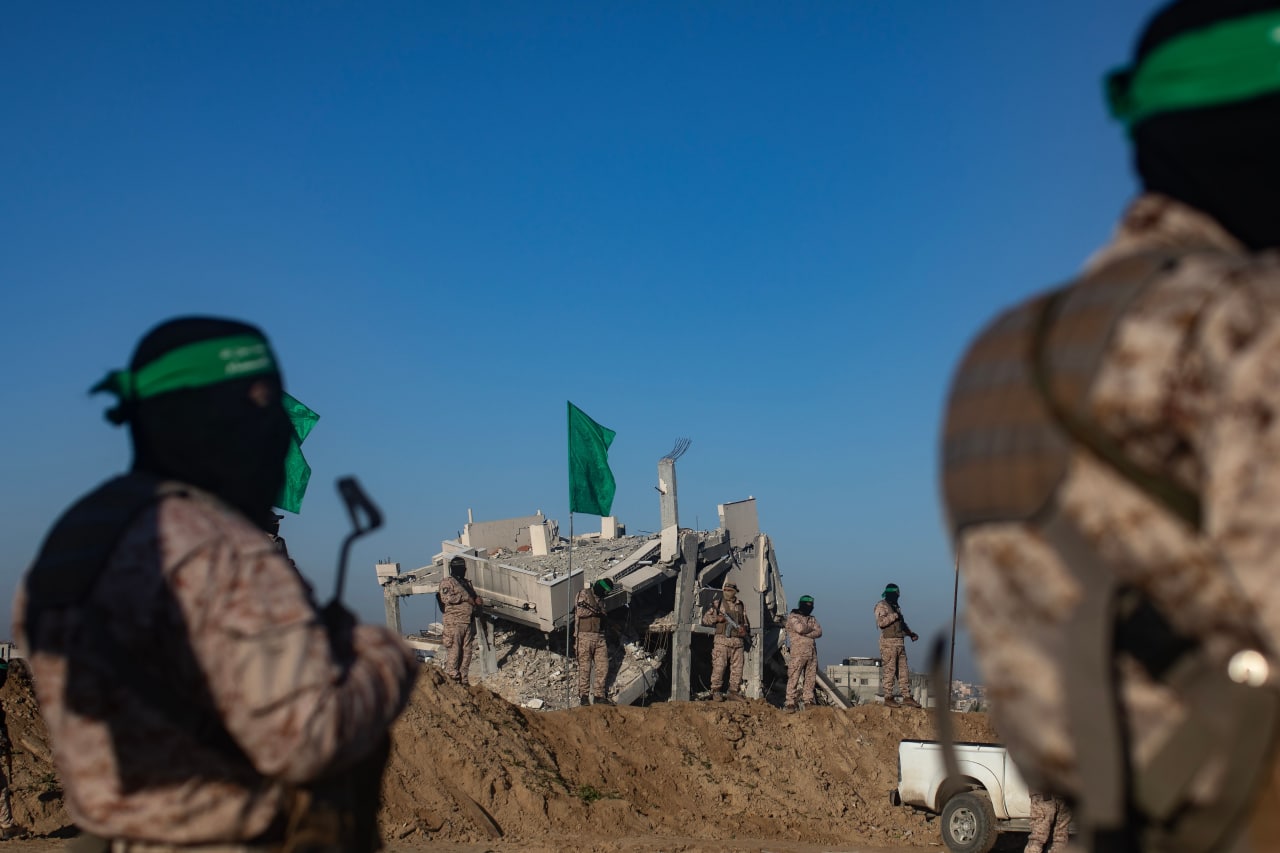
To the global community, Hamas stated that it has agreed to significant portions of President Trump’s peace proposal. Within Hamas, there is still strong disagreement on the next steps to take.
On Friday, the terrorist organization designated by the U.S. announced itwas prepared to free the captivesand transfer Gaza, a significant declaration enhancingTrump’s pushfor an end to the conflict. However, Hamas employed cautious wording that some analysts viewed as hindering the achievement of a lasting agreement.
A major factor is that Hamas has not agreed on disbanding and the circumstances under which the hostages will be released, according to Arab officials from nations facilitating talks with Hamas. These are the two key requirements in Trump’s proposal.
Khalil Al-Hayya, the leading negotiator for Hamas, along with other high-ranking political figures, back the proposal despite major concerns, according to Arab mediators. However, these Hamas officials, who are located outside of Gaza, have little influence over the group’s military branch, which continues to operate within the area.
Ezzedin al-Haddad, who became the leader of Hamas in Gaza followingIsrael killedYahya and Mohammed Sinwar have informed mediators that he is open to making concessions. Mediators reported that Haddad is prepared to surrender rockets and other offensive weapons to Egypt and the United Nations for safekeeping but wishes to keep small arms like assault rifles, which Hamas views as necessary for defense.
However, Hamas leaders in Gaza are concerned they may not be able to ensure adherence to disarmament requirements among fighters if they agree to a deal that resembles capitulation, according to mediators. The group has enlisted numerous young men since the conflict started, typically those who have witnessed their homes destroyed or loved ones killed. These fighters could be reluctant to put down their weapons.
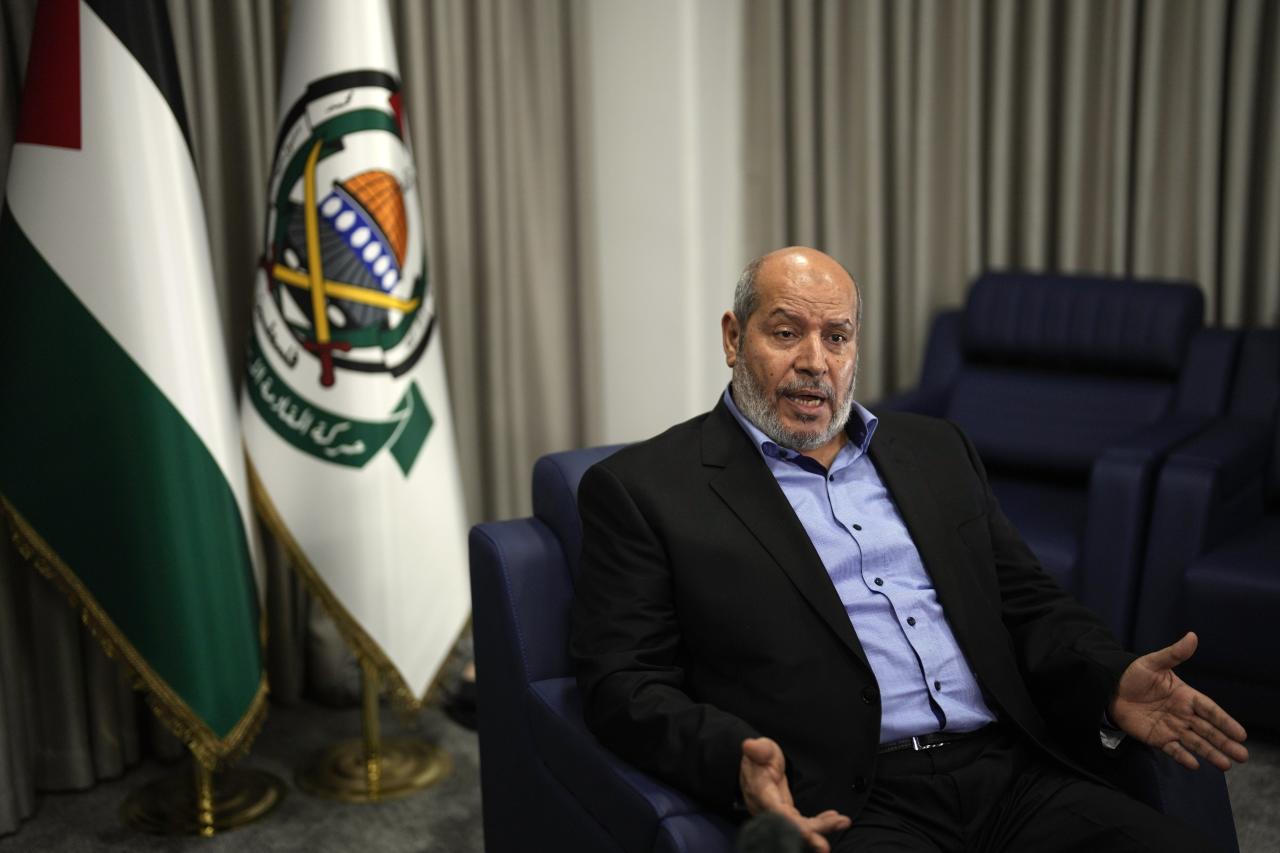
The most disputed aspects of the plan involve demands that Hamas disband, surrender its arms, and free the 48 Israeli captives it continues to hold—both alive and deceased—within 72 hours of acceptance.
Critics in the group view the proposal as “a 72-hour truce” instead of a real peace deal, showing their distrust of Israel. Hamas stated on Friday that it hopes for further “discussions to address the specifics,” which seems to involve the release of captives.
Trump commented on Friday via social media, stating that he believed Hamas “is ready for a lasting PEACE.” He urged Israel to “immediately halt the bombing of Gaza” to create safe conditions for the release of hostages. His remarks showed alignment within the White House thatHamas has agreed to the proposal..
However, Hamas’s military leaders maintained that the release of hostages should be connected to a specific schedule for Israel’s withdrawal from Gaza, according to mediators. This was evident in a condition mentioned in Hamas’s response on Friday, stating that hostages would be released “with the provision of necessary field positions.”
Israel may be hesitant to cease fighting if Hamas did not address the disarmament matter in its statement, along with having major requirements for freeing captives.
On X, Senator Lindsey Graham (R., S.C.) described Hamas’s reaction as “unfortunately expected. A typical ‘Yes, but.'”
No disarming, maintaining Gaza under Palestinian authority, and linking the release of hostages to discussions, along with other issues,” Graham stated. “Essentially, this represents Hamas’s rejection of President Trump’s ‘take it or leave it’ offer.
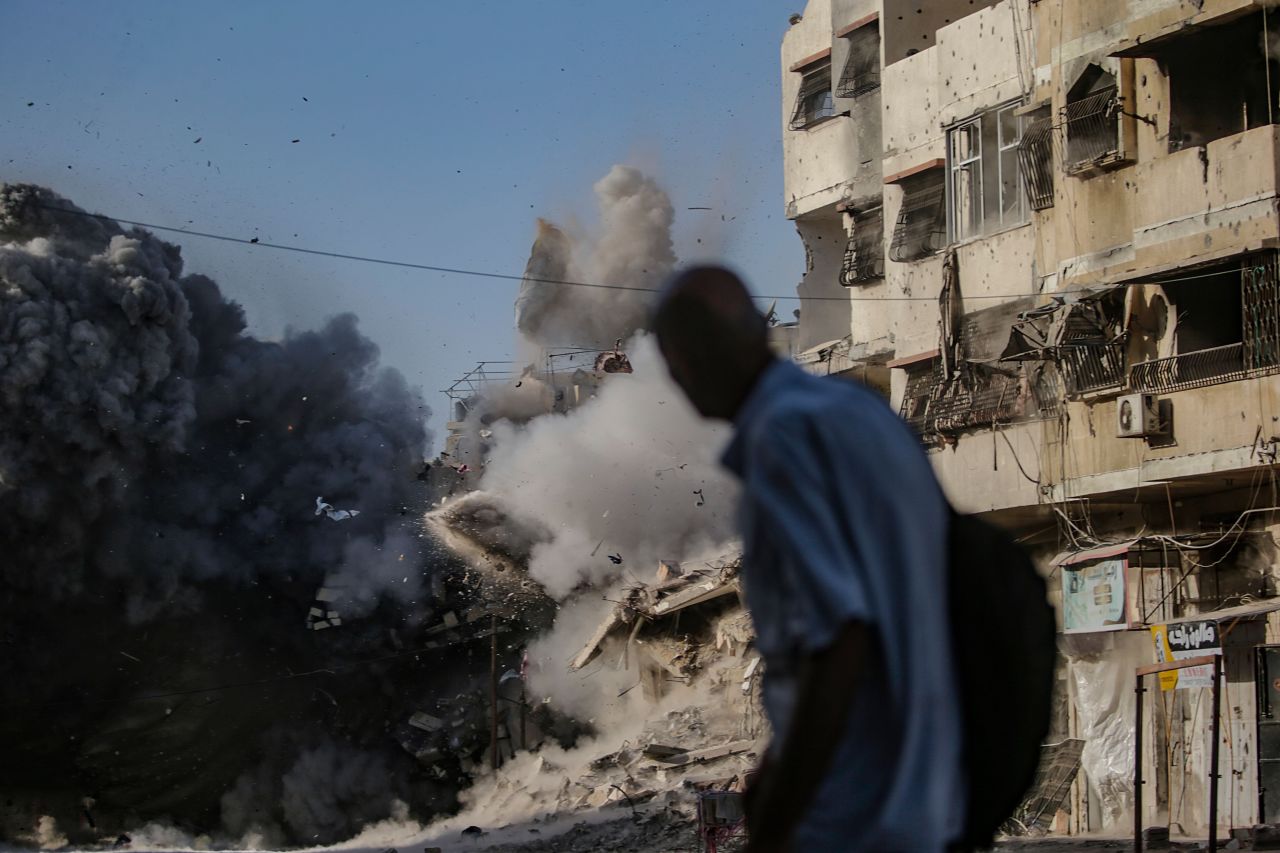
Israeli Prime Minister Benjamin Netanyahu provided a cautious response to Hamas’s reply, stating that Israel would start making arrangements for the release of captives in Gaza and collaborate with Trump to conclude the conflict—according to Israel’s and the president’s conditions.
Israel’s military did not explicitly promise to prevent attacks but suggested it was shifting toward a more defensive approach, stating it would get ready for the release of the hostages and respond swiftly to any danger.
Some analysts believed Hamas’s statement aimed to gain time for the organization to address ongoing conflicts between its political and military factions. Struggles over strategy have persisted within the group since its conflict with Israel, which started with Hamas’s violent attacks on southern Israel and the capture of approximately 250 hostages nearly two years ago.
On the battlefield, Hamas is weakened but continues to engage. The militant faction has lost the majority of its top leadership and thousands of seasoned fighters. Numerous of its newer members are inadequately trained, and Israel’s increased control in Gaza has made it harder for the group to maintain communication and organize activities.
In order to adapt, Hamas has delegated authority to smaller groups, according to Arab mediators and Israeli military officials. These groups frequently operate on their own, determining independently when and how to strike Israeli forces.
Israeli military officials claim that Hamas has not abandoned its efforts. They believe the group’s leadership and coordination have been severely damaged, with small units operating on their own through guerrilla tactics, primarily employing explosives, snipers, and rocket-propelled grenades.
Haddad and other top leaders have minimal influence over these units, a challenge worsened by a financial crisis that has affected Hamas’s capacity to issue wages. The Wall Street Journal has previously noted thatthe cash shortageis diminishing Hamas’s control over its members.
Israel has occupied significant parts of Gaza City since beginning its military operation in mid-September. Several Hamas fighters have already moved towards the south, and most residents have left the area. Israel’s main challenge is determining its next steps if it captures Gaza City but Hamas does not agree to surrender.
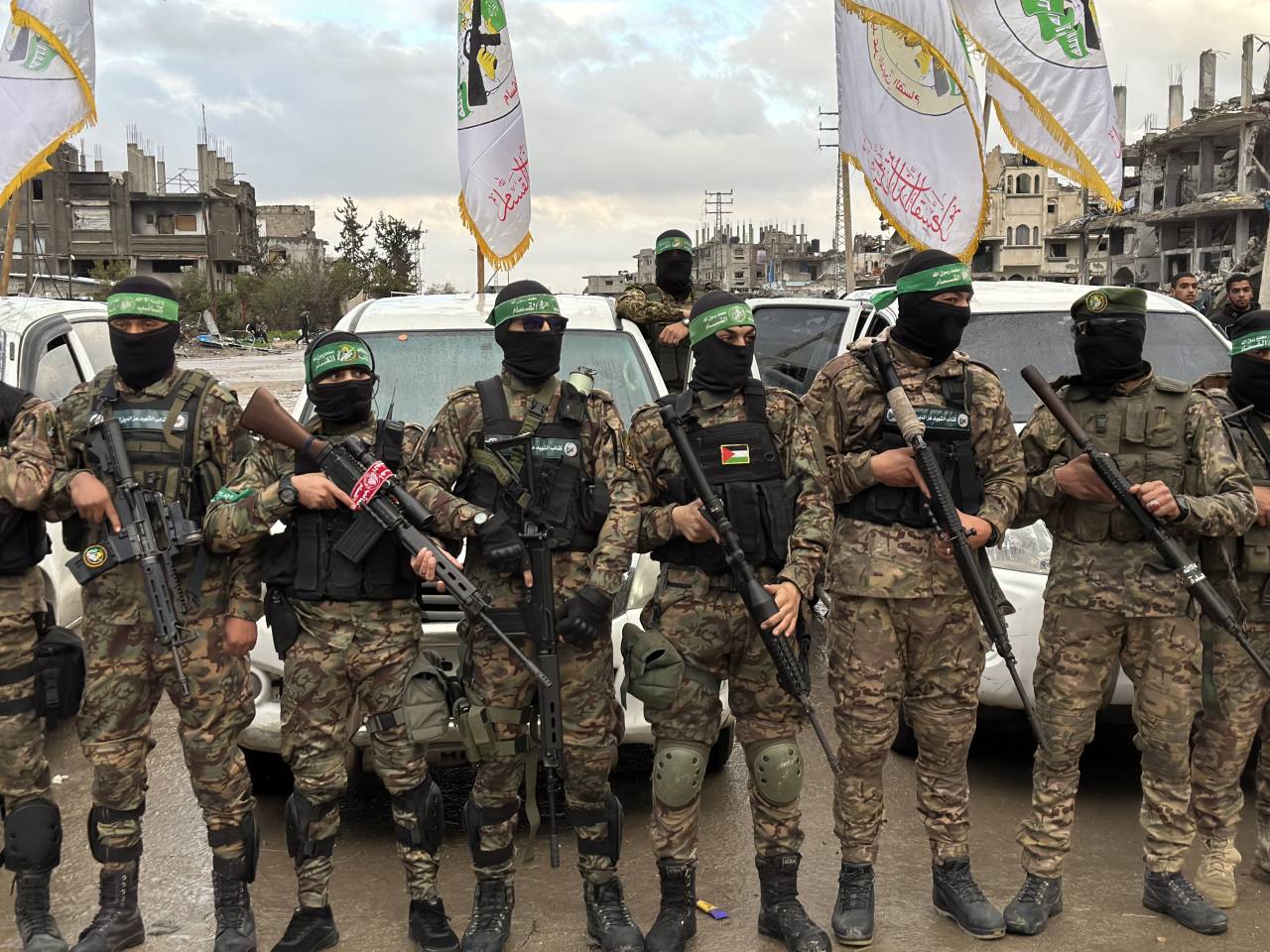
Thousands of Hamas fighters are still present in Gaza City, according to a high-ranking Israeli military official. These forces are continuously monitoring Israeli troops and searching for weaknesses, the official stated. Two weeks ago, the official noted, an RPG attack resulted in the death of a company commander.
An Israeli representative characterized Hamas’s remaining troops as primarily young and lacking experience, yet still resolute. Instances of surrender are uncommon and typically happen only when fighters are encircled, according to the official.
“This is why these discussions are beginning to take on real significance. Perhaps this is the first time during the conflict that Hamas is starting to realize they will be eliminated,” said Amir Avivi, a former high-ranking Israeli defense official.
Mediators caution that if Hamas’s leaders agree to Trump’s proposal, some militants might leave to join other Palestinian extremist organizations. Several have already indicated they could align with groups like the Palestinian Islamic Jihad or the Palestinian Liberation Front. Communication between these groups has largely broken down, creating doubt about whether an agreement solely with Hamas would end the conflict.
Qatar, Egypt, and Turkey have attempted to influence Hamas leaders, cautioning them that this is their final opportunity to halt the conflict in Gaza, according to Arab officials. They have informed Hamas that if the organization refuses the agreement, they will no longer be able to offer them political or diplomatic backing, as reported by the officials.
In a social media update, Trump stated: “We are already discussing the specifics that need to be addressed. This is not solely about Gaza, but about the long-desired peace in the Middle East.”
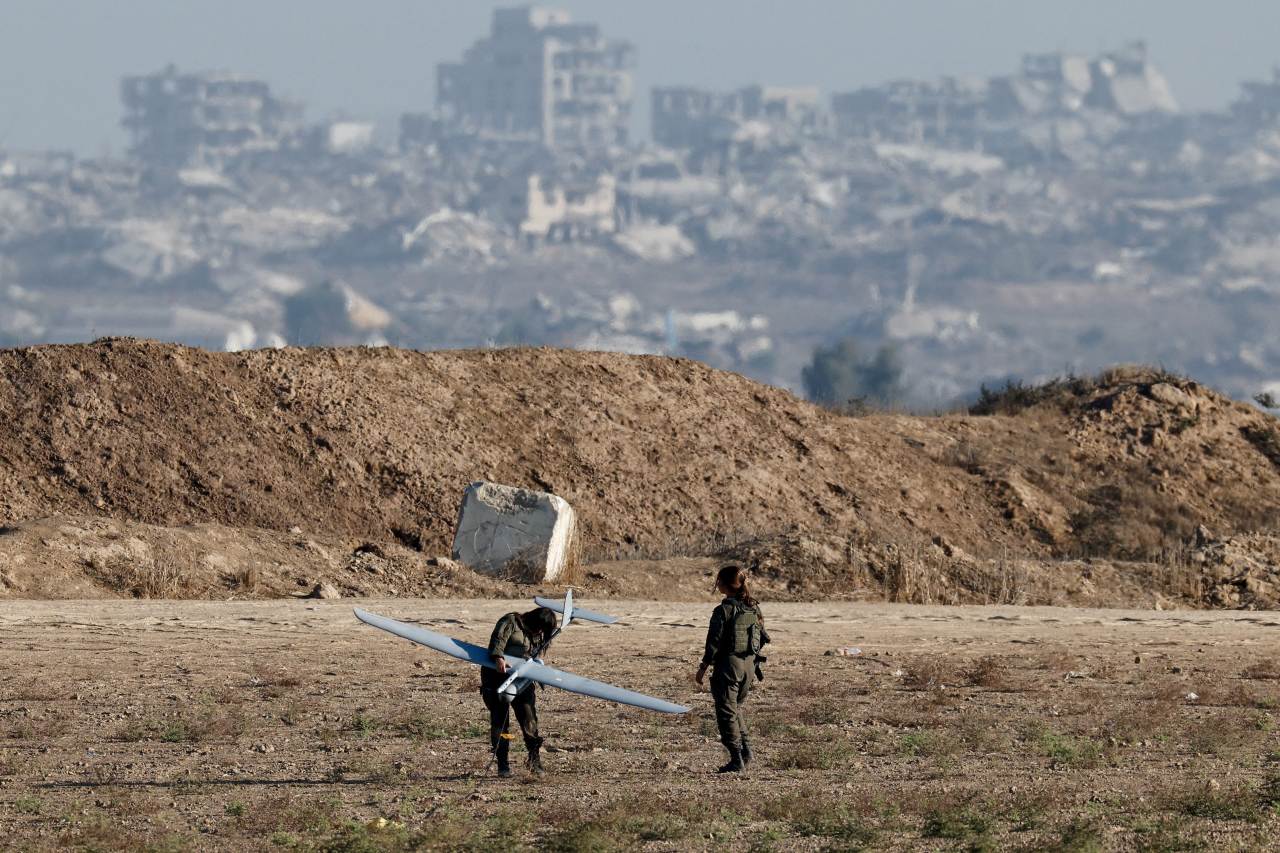
Write to Summer Said atsummer.said@wsj.com and Dov Lieber at dov.lieber@wsj.com
The post Hamas Divided Over Trump’s Peace Plan Terms appeared first on FondTimes.
https://fondtimes.com/2025/10/04/hamas-divided-over-trumps-peace-plan-terms/
Published: 2025 10 04 04:24:00
Received: 2025 10 06 01:38:29
Feed: CyberPunk
Source: CyberPunk
Category: Cyber Security
Topic: Cyber Security
Views: 9
